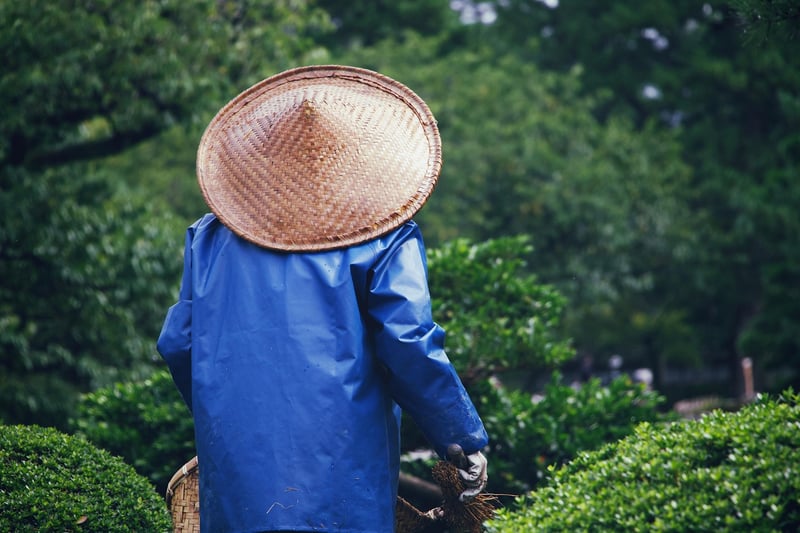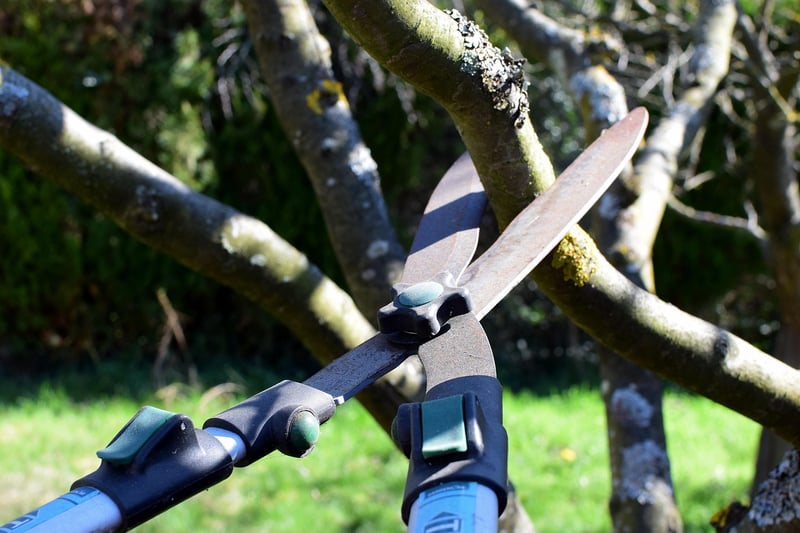Pruning Techniques
Nurture Your Greens with Proper Pruning Techniques

Greens in your garden not only add beauty but also contribute to a healthy environment. To ensure your greens thrive, proper pruning techniques are essential. Here's a guide to help you nurture your greens effectively:
1. Understand the Basics of Pruning
Pruning is the process of selectively removing specific parts of a plant to shape it, remove dead or diseased branches, and promote healthy growth. It helps improve air circulation and sunlight exposure, leading to better overall plant health.
2. Choose the Right Tools
Invest in high-quality pruning tools such as shears, pruners, and loppers. Clean and sharp tools make precise cuts, reducing the risk of damage to your plants.
3. Timing is Key
Understand the specific needs of each plant. Some greens require pruning in early spring before new growth appears, while others benefit from pruning after flowering. Research the best time for each type of plant in your garden.
4. Remove Dead or Diseased Branches
Regularly inspect your greens for dead or diseased branches. Prune them back to healthy tissue to prevent the spread of diseases and encourage new growth.
5. Promote Growth and Shape
Prune to encourage new growth and shape your plants. Remove overcrowded or crossing branches to improve airflow and prevent rubbing that can lead to damage.
6. Take Care of Pruning Wounds
After pruning, ensure clean cuts to promote healing. Avoid leaving stubs as they can invite pests and diseases. Use pruning sealer on large cuts to protect the plant.
7. Practice Regular Maintenance
Make pruning a part of your regular garden maintenance routine. By staying on top of pruning needs, you can keep your greens healthy and vibrant throughout the year.
By following these pruning techniques, you can nurture your greens effectively and promote a lush garden that thrives. Remember, each plant may have specific pruning requirements, so always research and tailor your approach accordingly.
Happy pruning!
